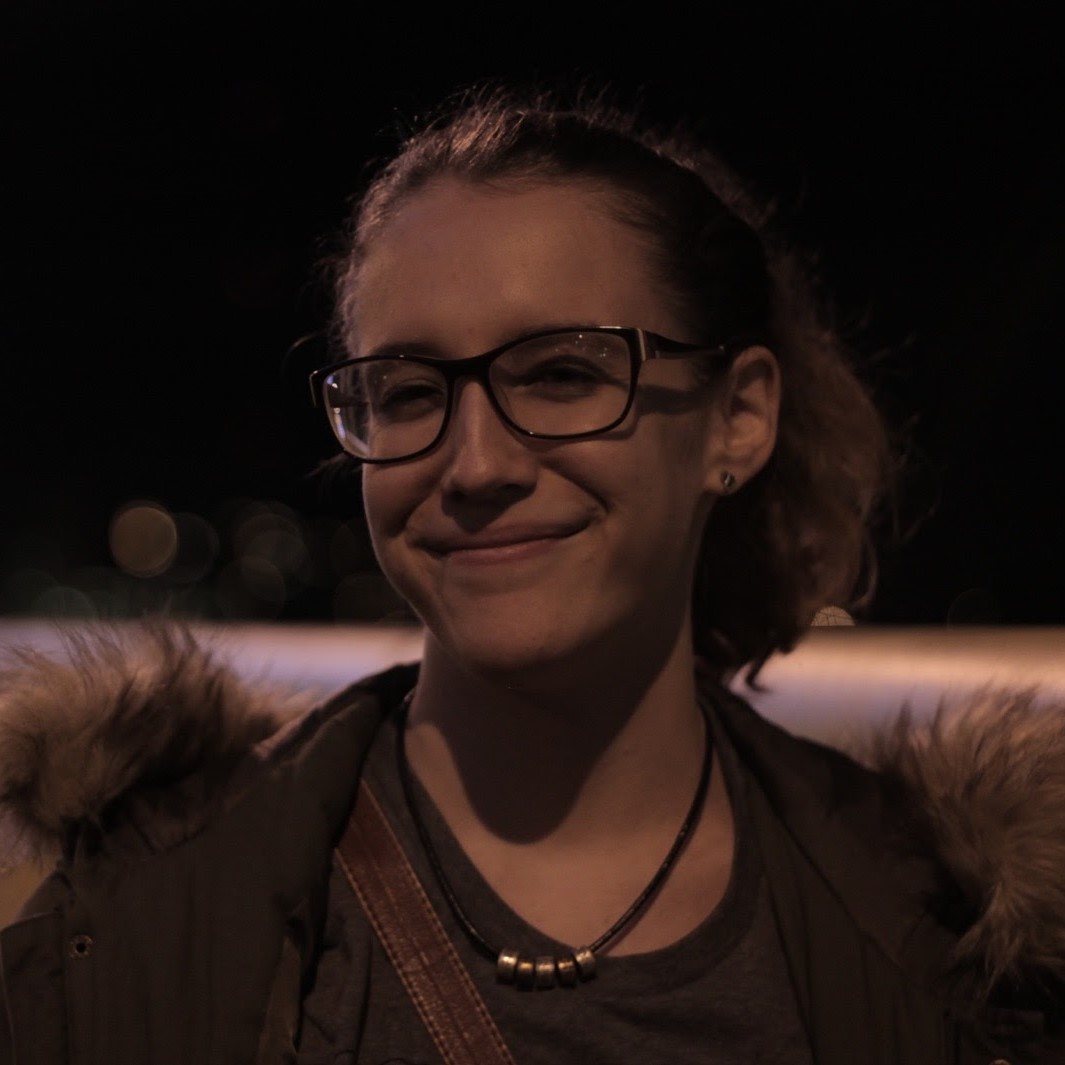I tailored my coursework around the interactions of the East and West and the conflicts which have arisen from them. In turn, they were also tailored around the responses to these conflicts. Such interactions encompass key events like the colonization of the Middle East by Britain, World War II, modern day civil wars in the Middle East and the current refugee “crisis.” Responses to such events have been codification, conflict resolution efforts and humanitarian aid.
Other than the specifics of each interaction, I learned that conflict arises from power struggles in mixing ideaologies. It is possible to come to an agreement and resolve the conflict, but all dimensions must be considered. Furthermore, while the conflict is being addressed, basic needs of those involved must also be addressed. My coursework taught me the importance of proper, yet swift, consideration so that the conflict may quickly come to an end and that as few people as possible are affected.
